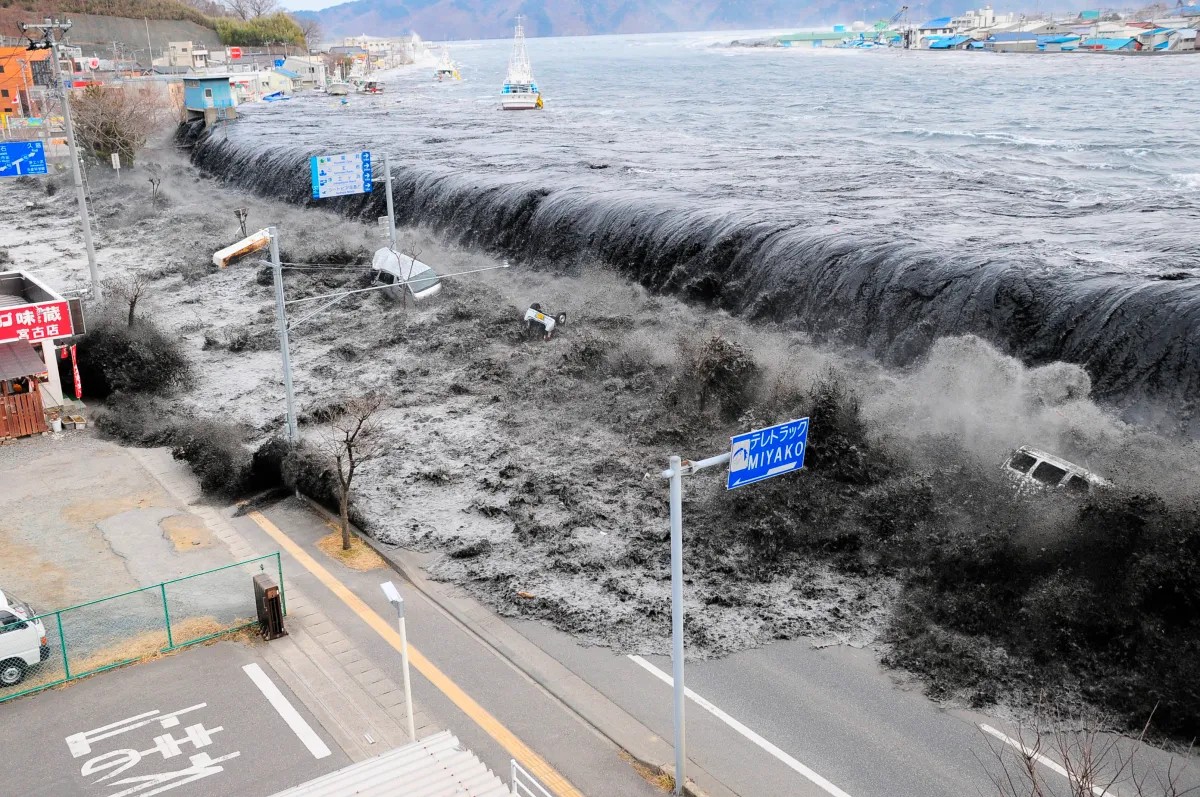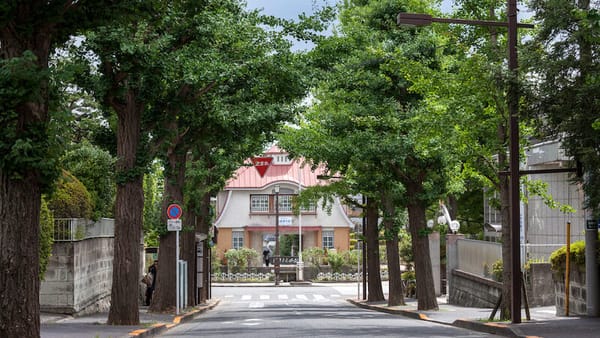Why Earthquake Warnings Sound the Way They Do
That sharp, chilling sound isn’t random—it’s designed to save your life. Here’s what it really means.

That sound — piercing, mechanical, unmistakable. If you’ve lived in Japan long enough, you’ve likely heard it: the earthquake early warning alert (緊急地震速報 / kinkyu jishin sokuhō). Whether it comes from your phone, the train platform, or a neighborhood loudspeaker, it slices through your day like a jolt of electricity. But why does it sound that way? And what exactly is it telling you?
For Japanese residents who value calm, conscious living, understanding the sensory and cultural logic behind Japan’s disaster alerts can help replace fear with clarity. In this article, our team unpacks the meaning, science, and cultural psychology behind Japan’s iconic earthquake alerts.
The Sound That Signals a Shift
If you haven’t heard it yet, take a moment to listen here:
🔊 Official NHK Emergency Alert Sound (緊急地震速報)
This is the signature jingle played on TV, radio, and public systems during a Kinkyu Jishin Sokuhō (緊急地震速報) — an Earthquake Early Warning issued by the Japan Meteorological Agency (JMA). It’s also the same tone your smartphone may emit if you have emergency alerts enabled.
The design of the sound is intentional:
- High-pitched and electronic: instantly cuts through ambient noise
- Mechanical tone: induces alertness, not emotion — it’s designed to provoke action, not panic
- No melody: repetition with slight dissonance keeps your brain from tuning it out
- Culturally neutral: doesn’t resemble familiar music or jingle tones
This Kinkyu Jishin Sokuhō is sent 5-30 seconds before strong shaking reaches your area. It’s not predicting an earthquake — the quake has already begun elsewhere, and seismic waves are speeding your way. You’ll often hear:
「緊急地震速報です。強い揺れに警戒してください。」“Kinkyū jishin sokuhō desu. Tsuyoi yure ni keikai shite kudasai.” This is an earthquake early warning. Please prepare for strong shaking.
This system is designed to give people just enough time to:
- Stop trains
- Pause surgeries or sensitive factory operations
- Allow individuals to crouch under desks or take cover
It won’t warn of every earthquake — only those expected to exceed seismic intensity 5- or above (on Japan’s 0–7 intensity scale) in your region.
Why It Sounds Different on Your Phone
Depending on your mobile carrier and device, the alert may sound different from NHK’s version. On most smartphones, especially Android and iPhone models in Japan, you’ll hear a shrill, dual-tone siren, followed by robotic text-to-speech or notification.
🔊 iPhone Earthquake Tone (携帯電話 緊急地震速報 音)
It’s loud, repetitive, and comes with a vibration — even on silent mode. That’s intentional. This system, known as Cell Broadcast, ensures every phone in the affected area receives the alert simultaneously — even without a mobile data connection.
Tsunami Alerts Are Different — And That Matters
Japan also issues tsunami warnings (津波警報 / tsunami keihō), which have distinct alert sounds.
🔊Tsunami Alert Sounds (津波警報)
These are:
- Lower-pitched
- Often accompanied by spoken messages in a loop
- Repeated in public broadcast systems, especially in coastal areas
If you hear a different tone than the standard NHK jingle, or a longer broadcast in Japanese repeating phrases like:
「津波警報。高台に避難してください。」“Tsunami keihō. Takadai ni hinan shite kudasai.” Tsunami warning. Please evacuate to higher ground.
— you’re hearing a tsunami alert. Move inland or to higher floors immediately.
Why Japan Relies on Sound
Japan is a sound-conscious society — but it also relies heavily on non-visual emergency cues due to its aging population and reliance on public transit and communal living.
- Many people don’t have constant access to smartphones.
- In rural areas, loudspeaker towers are the first line of communication.
- In trains or elevators, audio alerts often outpace mobile notifications.
This makes sound the fastest, most democratic tool for mass emergency communication — designed to reach everyone, regardless of language or tech literacy.
What to Do When You Hear the Alert
Whether you have 30 seconds or 3 minutes, what you do next matters.
- Stop and Drop: Crouch under a sturdy table or desk. Protect your head.
- Don’t run outside: Falling glass or signs may cause injury.
- Stay where you are: Unless you’re in immediate danger (fire, collapse), wait until shaking stops.
- Listen for updates: NHK, the JMA app, and local municipal radio/loudspeakers will give follow-ups.
If you’re in bed, cover your head with a pillow and wait. If cooking, turn off the flame (if safe). If in transit, listen for emergency announcements — trains may stop suddenly.
What You Can Do to Prepare
Download these apps to receive alerts in real-time (many are multilingual):
- Yahoo!防災速報 (Yahoo ぼうさいそくほう Disaster Alert) – Highly recommended, free, customizable
- NHK News & Disaster Info – Official broadcasts, tsunami alerts
- Safety Tips – Government multilingual disaster app
Customize your phone settings:
- On iPhone: Settings > Notifications > Emergency Alerts > ON
- On Android: Settings > Sound & Vibration > Advanced > Wireless Emergency Alerts
Be prepared for when it matters most.
At Coulecte, we believe that clarity is the antidote to fear. The strange, urgent sounds that ring through Japan during an earthquake might feel jarring, but they are also an act of protection — a few seconds of warning that can save lives.
Follow us on Instagram @coulecte and YouTube @coulectejapan for more thoughtful content on cross-cultural life in Japan. And don’t forget to sign up for our newsletter for smart, soulful updates every week.











